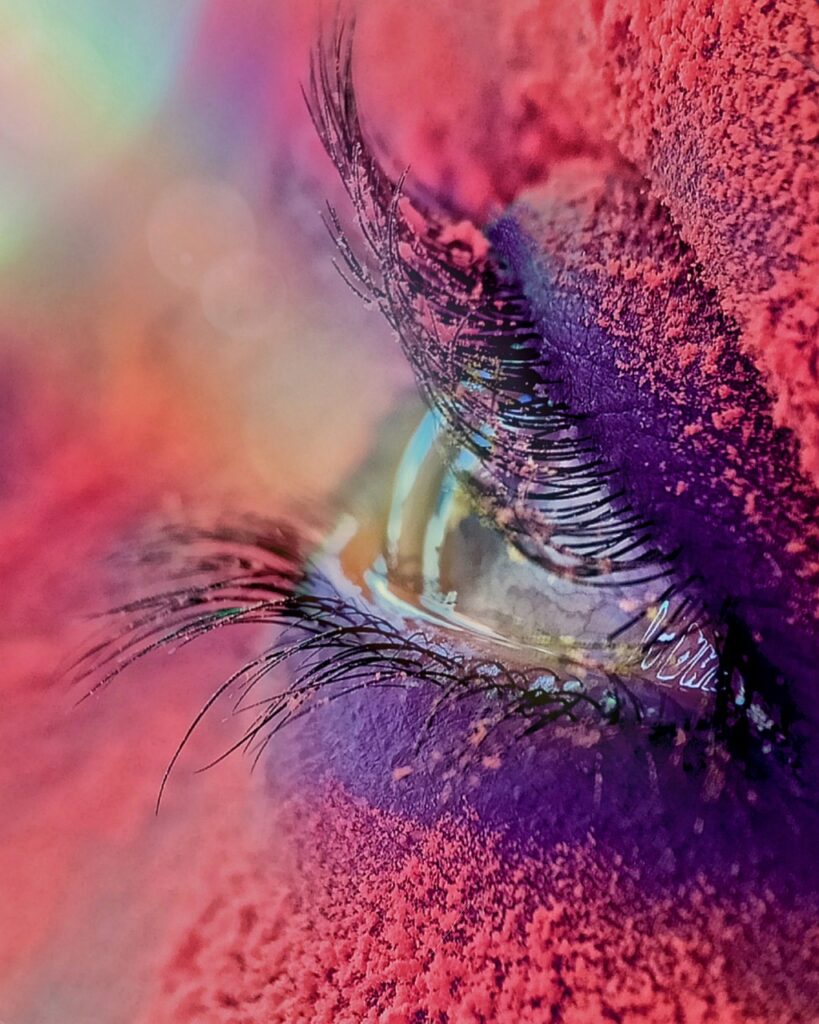Creative Expression in Art: The Heartbeat of True Creativity
In a world where words often fall short, creative expression in art becomes a powerful language that speaks through colors, forms, and emotions. Whether it’s a pencil sketch, a bold painting, or a mixed media collage, art allows individuals to communicate what they feel deep inside—without saying a word. But what does “creative expression in art” truly mean? And why is it so important in today’s fast-moving world?
At its core, creative expression in art is about more than just aesthetics or technical skill. It’s the act of turning feelings, thoughts, memories, and ideas into visual forms. This process is deeply personal and unique to each artist. No two people will express the same emotion in exactly the same way. That’s what makes creative expression so magical—it’s limitless.
For beginners, creative expression may start with simple lines, doodles, or spontaneous color combinations. Over time, with practice and confidence, the work begins to carry meaning—reflecting stories, dreams, and even struggles. This is when art becomes truly expressive. It no longer just fills a page—it touches the soul.
One of the best ways to explore your creative expression is to let go of perfection. You don’t need to be a trained artist to express yourself creatively. What matters is being honest in your work. Paint how you feel, draw what moves you, and create without fear of judgment. This freedom opens the door to genuine expression and can be incredibly healing.
Many artists use creative expression as a form of emotional release. When words can’t describe what they’re going through, art becomes a safe space. Mental health professionals even use art therapy as a tool to help people process trauma, stress, and anxiety. That’s how powerful creative expression in art can be.
Every medium offers its own way to express creativity. Watercolors might be perfect for soft emotions and peaceful moods, while charcoal might suit more dramatic, intense feelings. Digital tools allow even more possibilities, enabling artists to blend styles, textures, and motion in ways never imagined before.
Another important aspect of creative expression is storytelling. Many artists tell stories from their past, culture, or imagination through their work. For example, a single painting can reflect an artist’s journey, struggles, and hopes—something that resonates with viewers across different backgrounds.
If you’re just starting out, don’t be afraid to experiment. Try different materials—pencils, paints, markers, or even recycled items. Let your hands and heart guide you. The process is as valuable as the final piece.
To further inspire your journey, check out some online resources and art platforms that showcase expressive artwork. Sites like Bedance and DeviantArt feature thousands of creatives who pour their emotions and experiences into their art. These examples can ignite new ideas and boost your creative confidence.
In conclusion, creative expression in art is not just an artistic skill—it’s a human need. It allows us

